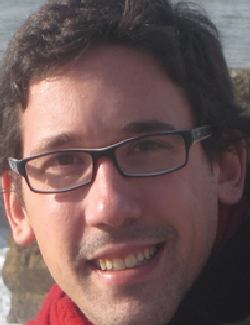You are here :
Published on February 18, 2022– Updated on March 7, 2022
Pedro GOMES

Birkbeck University of London - UK
Visiting Scholar invited by laboratory THEMA
Curriculum Vitae
Visiting Scholar invited by laboratory THEMA
Curriculum Vitae


